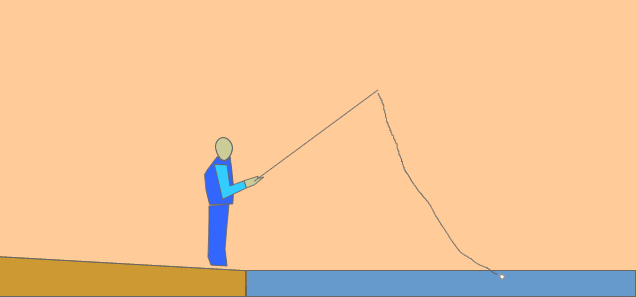Tuck Cast

The Tuck cast is primarily used for nymphing presentations. It was developed by Frank Sawyer of England and George Harvey of the US to fish small nymphs such as the Pheasant Tail. The overhead cast is overpowered with a stop. This causes the fly to flick down and back once the fly line is straight. The result is that the fly will be closer to the caster than the end of the fly line. The nymph will reach the water before the line does. This allows the nymph to go deeper with less drag. This technique is particularly useful within pocket water where there are various currents affecting drag. The tuck cast will allow the caster to place the nymph into the pocket before the line affects the subsurface presentation. ProcedureThe technique of the tuck cast is to apply an overhead cast that is slightly overpowered. The stop is normal but just as the line straightens out, lift the rod tip slightly by squeezing the rod handle. This will cause the fly to snap and bounce back underneath the fly line. It is similar to using a bull whip. Joe Humphreys taught this cast to thousands of anglers. He stresses the importance of the squeeze at the end of the casting stroke. This squeeze will kick the nymphs under the fly line belly. The squeeze will push your thumb on the top of the rod forward while the three fingers on the bottom of the handle will pull back. | |||
 | |||
